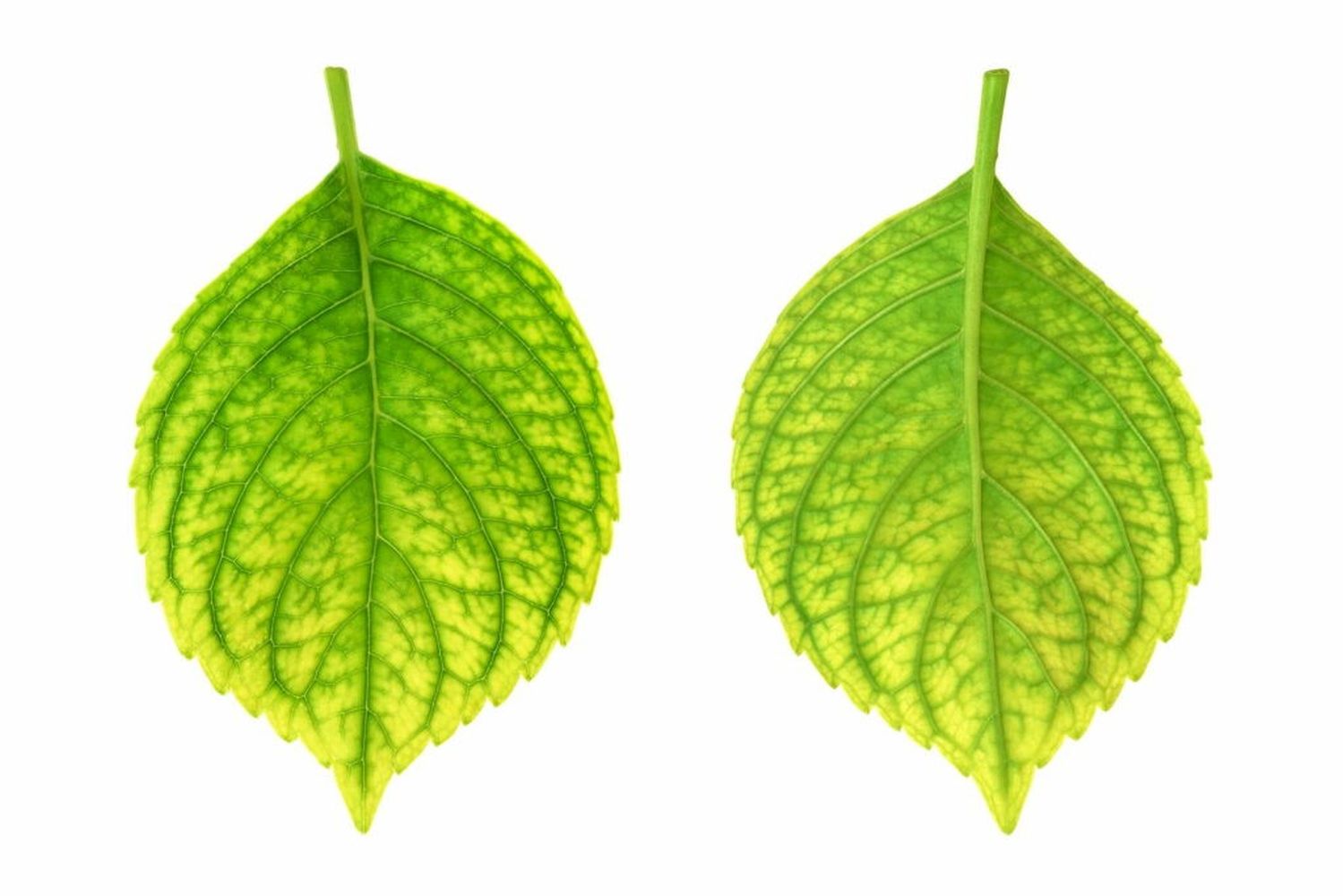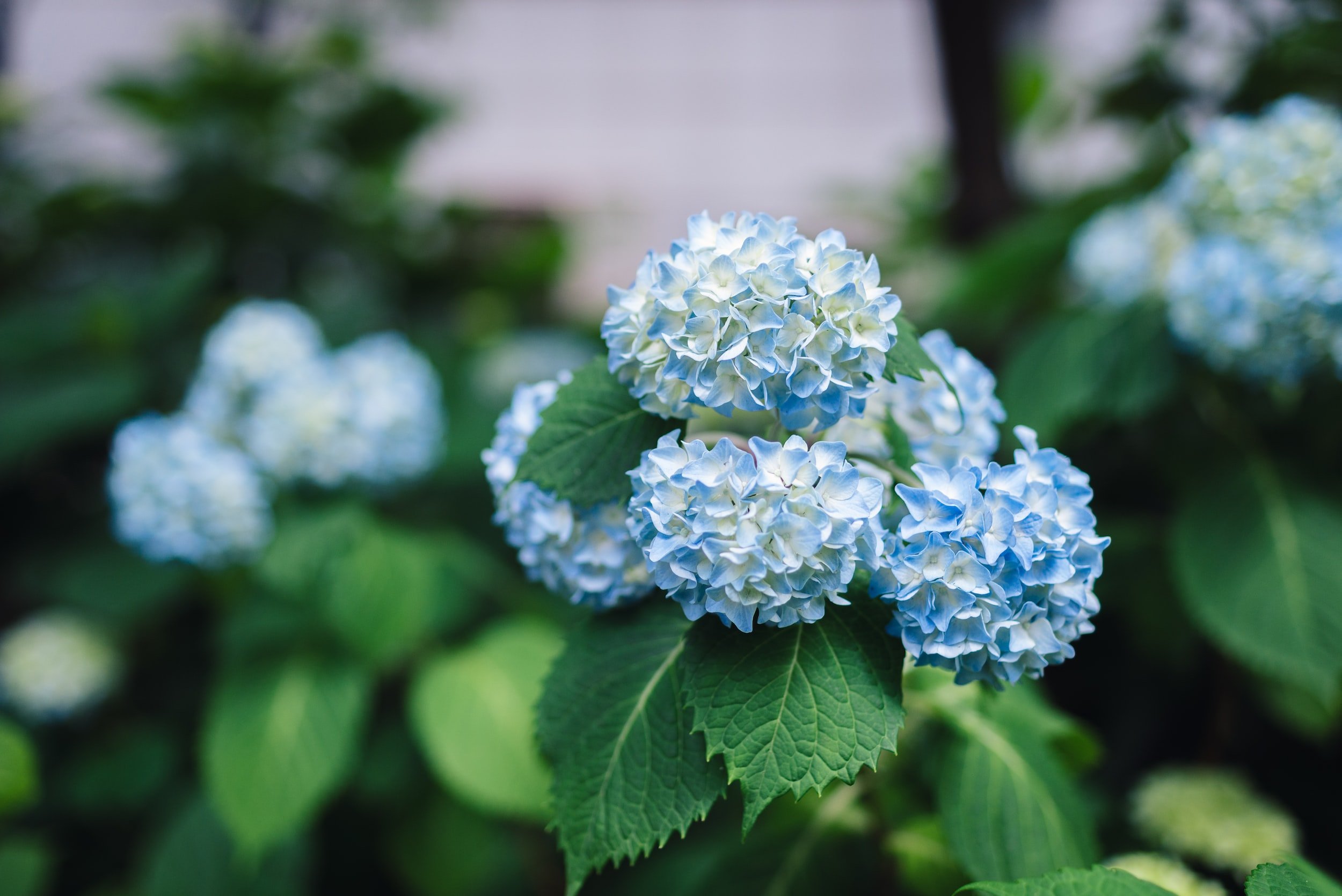How Hydrangea Leaves Turning Yellow can Save You Time, Stress, and Money.
How Hydrangea Leaves Turning Yellow can Save You Time, Stress, and Money.
Blog Article
What Does Hydrangea Leaves Turning Yellow Mean?
Table of ContentsThe Best Guide To Hydrangea Leaves Turning YellowThe Facts About Hydrangea Leaves Turning Yellow UncoveredGetting My Hydrangea Leaves Turning Yellow To WorkThe Main Principles Of Hydrangea Leaves Turning Yellow
Hydrangea plants are recognized for their stunning flowers, but often their leaves can turn yellow. This is normally an indication that something is wrong and the plant requires your aid.Hydrangea leaves turning yellow can be a reason for problem. There are a number of reasons that Hydrangea leaves turn yellow, and many of them are easy to fix. Allow's consider the most usual reasons Hydrangea leaves turn yellow and how to repair them. Hydrangea leaves usually transform yellow when the plant is overwatered.
When the roots of a plant are immersed in water for lengthy periods, they begin to stifle and rot. This process cuts off the origins' oxygen supply, triggering the leaves to transform yellow and eventually die. Overwatering can also cause other issues such as leaf decrease, root damages, and fungal growth.
If you think your Hydrangea is overwatered, the very best solution is to allow the dirt dry totally prior to sprinkling again. It's likewise an excellent idea to inspect the drainage of your pot or garden bed and make certain that water is not pooling around the plant's origins. Hydrangea plants require well-drained soil to thrive.
Examine This Report about Hydrangea Leaves Turning Yellow
Hydrangea leaves can also transform yellow if the plant is not obtaining adequate water. This takes place when the plant does not obtain adequate water, and the soil begins to dry out.

This is known as "fertilizer melt," It takes place when the plant's roots are subjected to as well much plant food. The origins can not absorb every one of the nutrients and become damaged. This damages causes the leaves to turn yellow and at some point die. Other indicators of fertilizer burn include brown or yellow leaves, wilting, and stunted development.
This will aid eliminate any kind of excess fertilizer from the roots of the plant. It's additionally a good idea to decrease the quantity of fertilizer you are utilizing.
Things about Hydrangea Leaves Turning Yellow

If your Hydrangea is infested with bugs, dealing with the plant with neem or horticultural oil is the finest solution. It's additionally great to get rid of any type of affected leaves from the plant. You can do this by hand or with a set of pruning shears. It's likewise an excellent idea to inspect the plant routinely for pests and remove them as quickly as you see them.
Hydrangea leaves can also transform yellow if the temperature worries the plant. The leaves of the Visit This Link plant will certainly transform yellow and start to go down off.
If the temperature emphasizes your Hydrangea, you require to move the plant to a location where it will be safeguarded from the extreme cold or heat. You can likewise try to supply the plant with some partial shade if subjected to route sunshine. You can additionally try adding compost around the plant base to aid manage the temperature level.
The Single Strategy To Use For Hydrangea Leaves Turning Yellow
The leaves can also transform yellow if the Hydrangea plant has root rot. This is generally triggered by overwatering or try this poor drain. When the plant's roots are immersed in water for as well long, they begin to rot. Among the most typical origin rot signs is yellowing leaves, as the fungus stops the roots from absorbing nutrients from the soil.
Various other indications of root rot consist of stunted development, wilting, and leaf drop. Check the origins of your Hydrangea if it has origin rot. If they are black or brown, then they are probably rotten. If some healthy origins are left, you can attempt to conserve the plant by replanting it in a new pot with fresh soil.
If your Hydrangea is greatly impacted by origin rot, beginning with a brand-new plant is best. As Hydrangeas age, their leaves will gradually turn yellow and brown before dropping off the plant.
You can aid the plant by ensuring it is obtaining enough water and nutrients. One possibility is that the plant is not obtaining adequate water.
Report this page